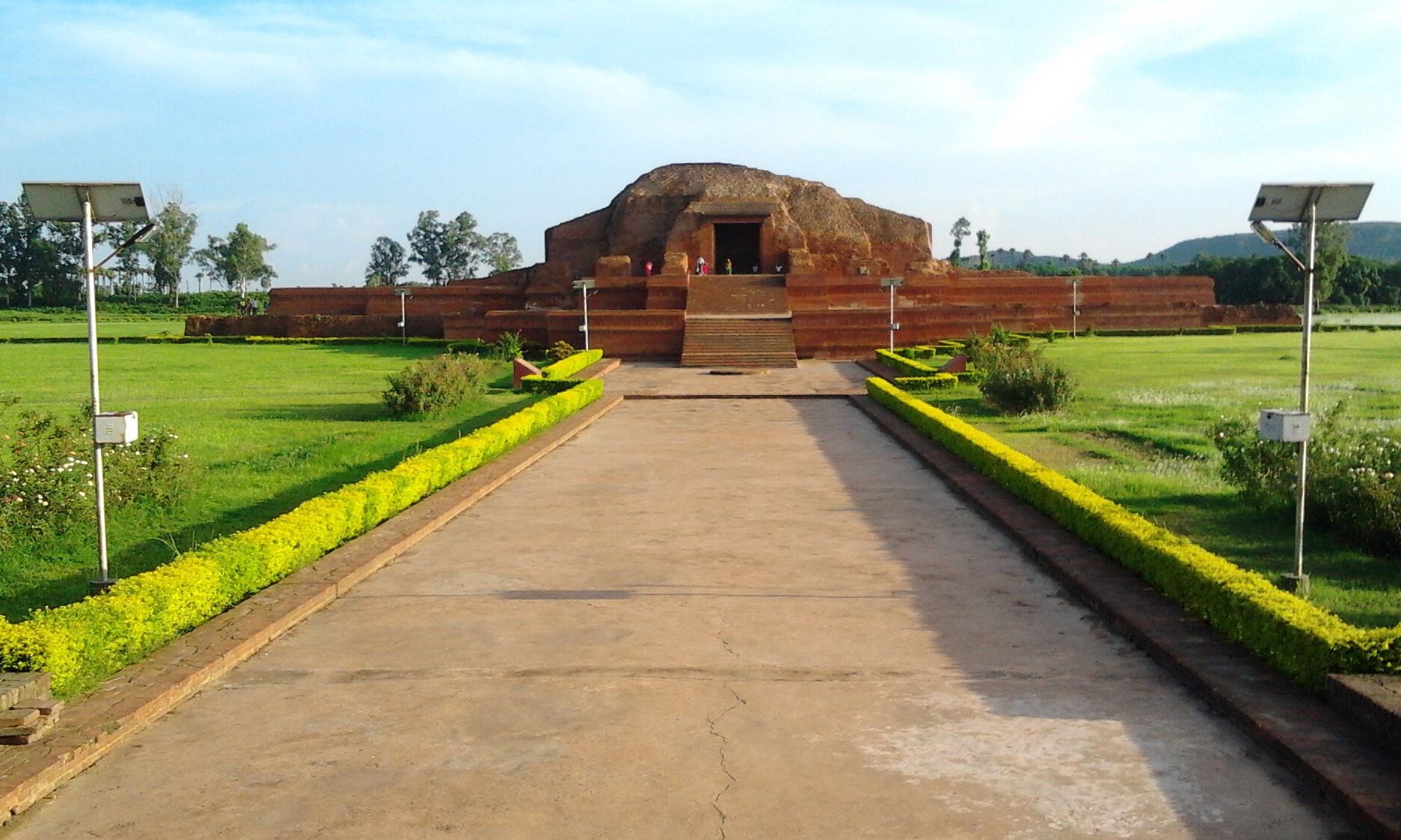होली (Holi)
Holi is the most popular of the three Indian festivals - Holi, Diwali and Dussehra. It is also the most secular festival although it has a touch of religiosity. This festival is celebrated on the Full Moon Day in the month of Phalgun (February - March).
'Phalguni Purnima' has its source in the phagua or phag, the powder used in Holi. The original colours used were red and green. Red as a symbol of desire and green stands for youth and vigour. In Bengal it is known as 'Dol Purnima' from the swing in which sat Radha and Krishna. Orissa celebrates 'Dol Jatra'. In Western India, in Goa and in the Konkan, it is called 'Simagh' in celebration of youth and vitality. It is 'Madan Daman' or 'Kamayan' in South India. Kamayan represents the fulfilment of desire. North India has just 'Holi' or 'Hori'.
Holi has three distinct aspects. It is symbolic of hope for new crops, youth and vigour as well as invocation to the new year. It is said Phalguna was the last month of the year as stated i…
Read more
about होली (Holi)



















